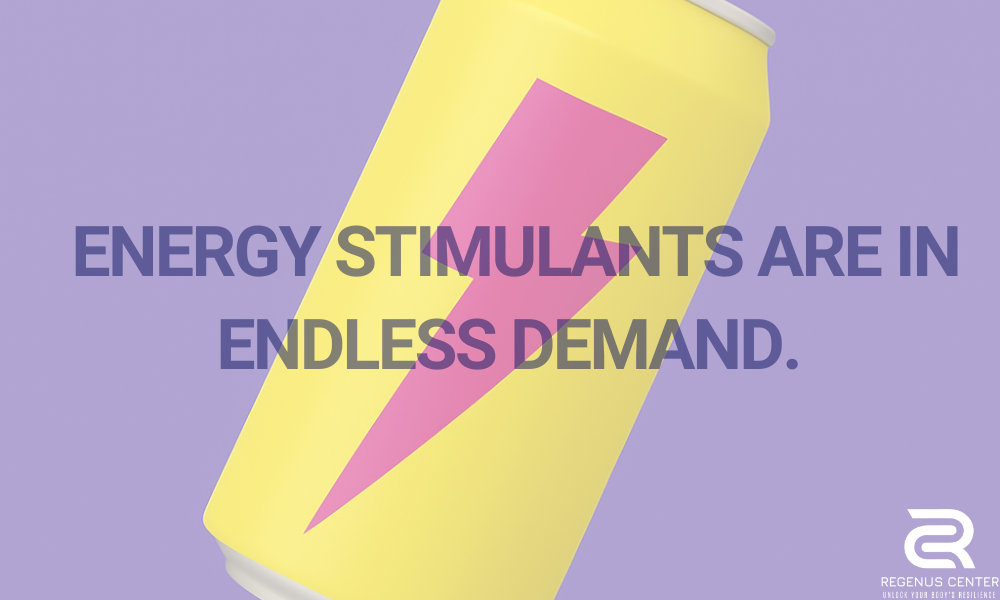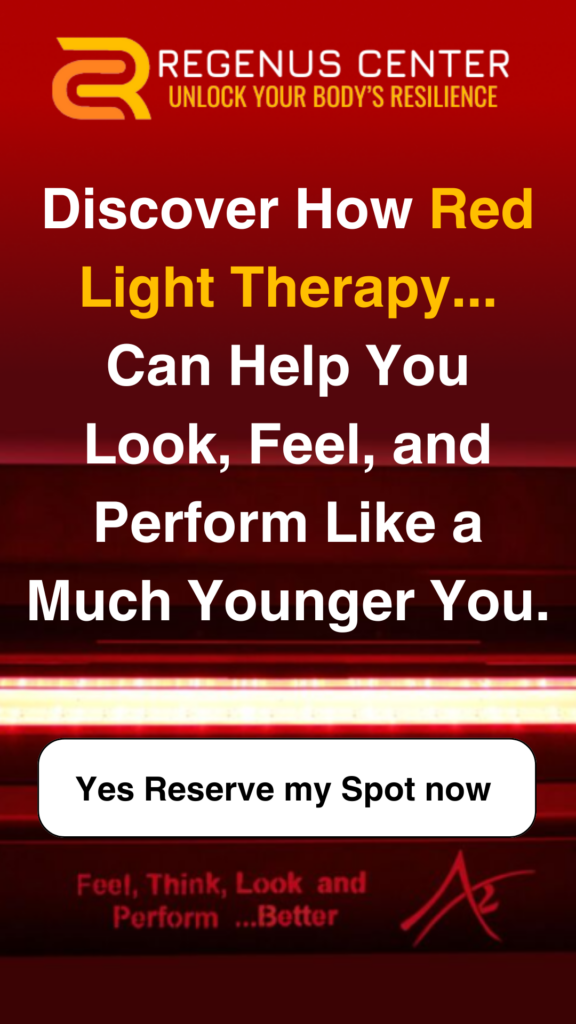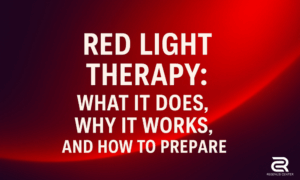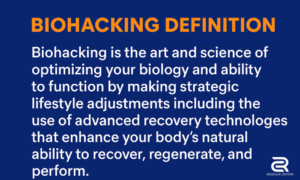Today, I’m pulling back the curtain to share some industry insights on how the wellness world is reporting—and, in many cases, normalizing—our growing dependence on stimulants. The following roundup, courtesy of Fitt Insider, doesn’t necessarily reflect the beliefs of its authors, but it paints a vivid picture of an industry caught in the grip of an “energy-at-all-costs” mentality.
But here’s the deal: If you do the opposite of what’s trending—and instead, learn how to revitalize—you won’t become another statistic in this energy-stimulant delusion. You’ll live from a charged place, not a wired one.
Energy is in endless demand.
Overstimulated
Balancing work, parenting, and the pursuit of wellness, 57% of adults are sleep-deprived — and the pressure to push through has people craving clean fuel.
From reformulated coffees and novel nicotine sources to controversial substances like kratom, consumers are on the hunt for healthier uppers.
Full Throttle (not the full throttle protocol we talk about at The Charging Station NJ)
Unlike chronic fatigue, feeling tired is a natural function of life, but one many would rather avoid.
Engineering safer highs, brands are pitching everyday performance aids.
💥 Perks. Coffee keeps ~75% of Americans going. They are energy stimulants, while moderate intake offers benefits (or so they say), it hasn’t stopped brands from turbocharging brews with collagen, B vitamins, BCAAs, adaptogens, and caffeine alternatives like paraxanthine. These are energy stimulants turned into supplements.
💥 Stims. Tobacco-free nicotine pouches are rebranded for athletes, CEOs, and even political tribes. Sett even developed a “superior nicotine alternative” using novel compounds and calming L-theanine.
💥 Sips & sups. Energy drinks, from Celsius to GHOST are energy stimulants and dominate the scene—some fueled by yerba mate or ketones. Zest and B-Sync now offer time-released caffeine pills to smooth the ride.
Comedown
When the day ends, consumers shift from uppers to downers—supplements like Stasis attempt to balance the chemistry. But manipulating the body’s natural rhythms poses risks. Boosts may help short-term, but they can mask deeper lifestyle imbalances.
Punchline (Fitt’s): A sense of purpose, healthy diet, exercise, sun exposure, breathwork, and solid sleep should be enough. (It’s not, RC) But time-poor or addicted to the grind (grinder), consumers are unlikely to ditch stimulants anytime soon.
🌱 Regenus Center’s Commentary: Why We’re the Solution
We agree with Fitt Insider’s punchline—but here’s the deeper truth: you don’t have an energy problem—you have a recovery problem.
At Regenus Center, we see this energy stimulant as an arms race for what it is: a response to chronic lifestyle fatigue and lack of cellular-level energy regeneration. Instead of hacking around the problem with smarter highs, we help you recharge at the source.
🔋 The BioVitality Protocol™ uses technologies like red light therapy, PEMF, and oxygen-based recovery to restore your energy reserves, improve sleep quality, and eliminate the need for constant stimulation.
🧠 We address the why behind fatigue, not just the symptoms, with protocols that help people add 3 to 5 high-energy hours back to their day.
🌅 We’re not anti-coffee or nootropics, but we believe in front-loading your day with vitality instead of playing catch-up with stimulants and needing a comedown.
We call it living from a charged place—not a wired one.






